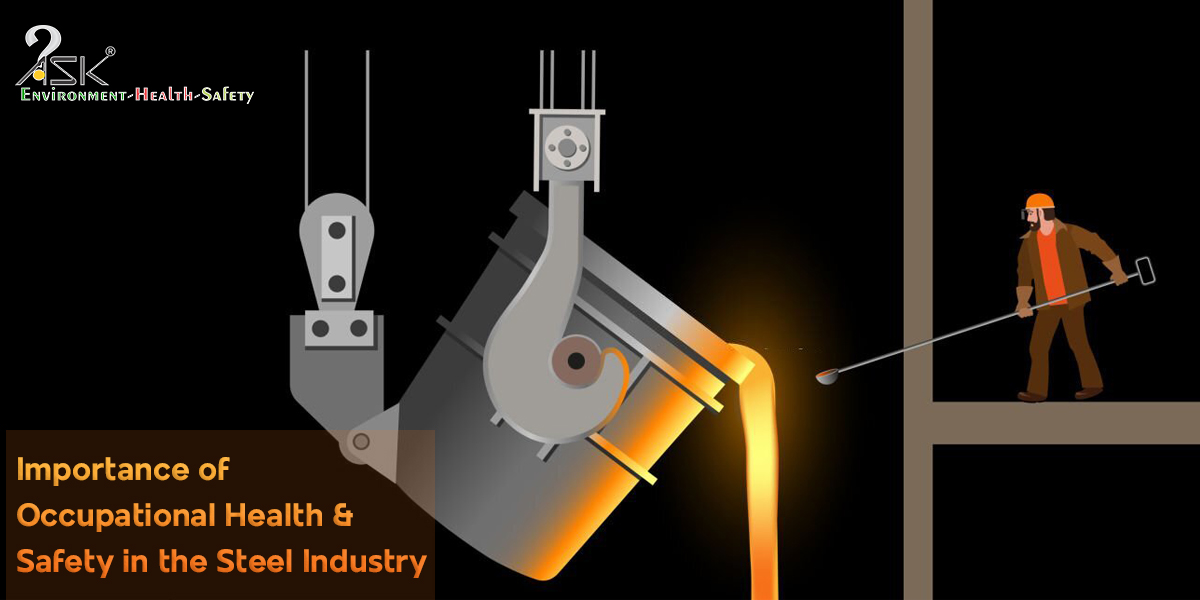Why measure ROI of safety trainings?

As new ways of working evolve, so do the expectations of both employers and the employees in terms of support increase. Organizations need to extend hands to reduce stigma and create an open culture around mental health to get in grips with the newer challenges.
To foster this kind of culture, trainings play an important role.
But spending money to train individuals without even assessing the ROIs (they remain unknown most of the time) remains an acute issue at the entry level. Which means that people falsely adhere to the fact that high levels of attrition and low levels of productivity and quality is normal.
Even in a 2014 survey, 55% of executives mentioned that a major constraint to investing in trainings is their incapability to measure success.
Just think about it. In health and safety, if a work at height training has low costs, but it fails to help workers forge solid knowledge and meaningful insights, the fact that failure is cheap does not make it any less of a failure. In industrial scenarios, there are trainings that promise value for money, but they might prove impractical and impossible to scale.
As technology and globalization continue to change the working environment for the individuals, in a dynamic economy workers are expected to adapt, to change – not just jobs but careers, at times, to pick up the new skills when necessary. This requires effective training programs, which means we need to know which ones work.
Essential elements to translate trainings into results
In safety, improperly trained individuals can create risks and hazards which can go from minor to extreme. An understanding on how to best implement worker health and safety training remains critical for workers to do their jobs safely and effectively.
Ideal training programs begin by identifying ‘breakdown’ activities – tasks that differentiate high and low performers, and map them to the ROI levers.
Simply put, scenarios that involve role playing, case studies, animation, and other such engaging settings can expose workers to their actual work environment. Which then enables the industries to differentiate and concentrate on the activities that matter them the most.
Perhaps the biggest challenge for an ideal safety training program is the fragmented approach of the safety providers – with thousands of providers doing many ways of things makes getting the simple yet the best information next to impossible.
Each one is deeply invested in the cause of improving workforce readiness – especially in the today’s scenario on the emphasis on safety.
That means the stakes are often highest for the individual companies whose financial viability and competitive advantage may be on the line. They are the ones who have an ability to take swift and decisive actions, as well as the capacity to back their actions with financial support. And this means that will definitely be keen to acquire details on the return-on-investment – they must be articulated explicitly if there is any hope of achieving them.
Our experience in health and safety can help you create and measure your training ROIs – ‘what gets measured gets managed’ has a large element of truth and as safety providers, we help you achieve that.


